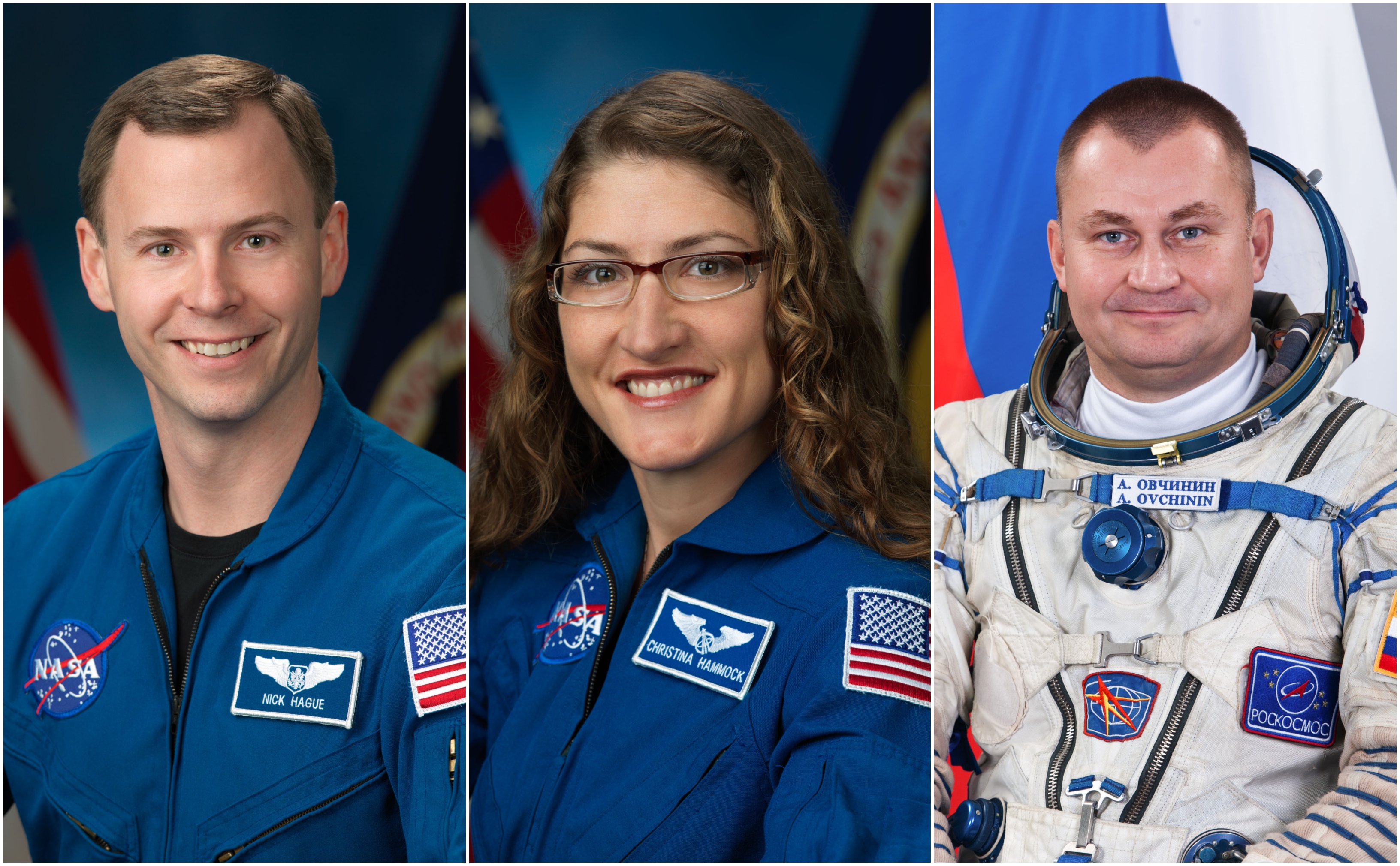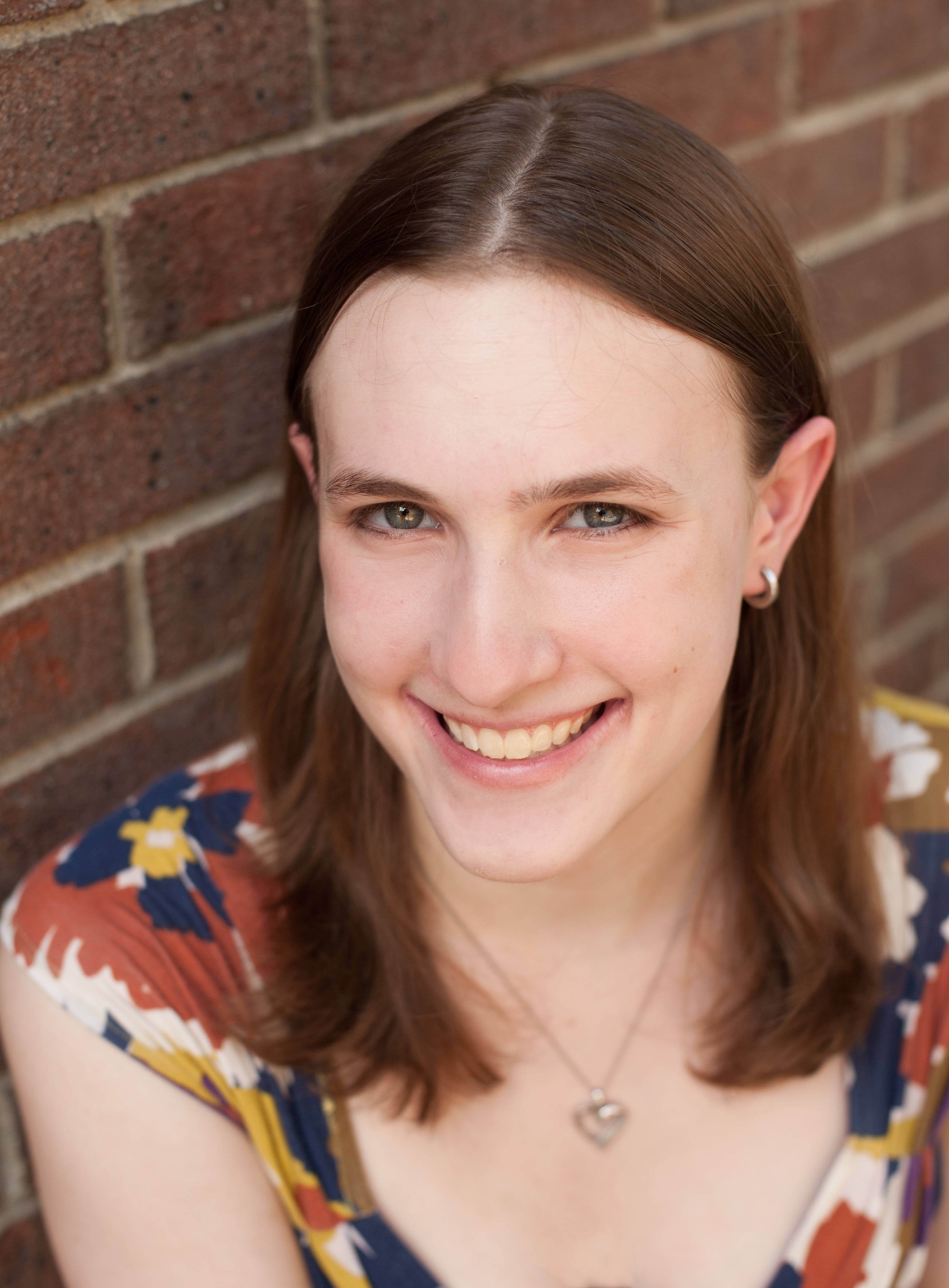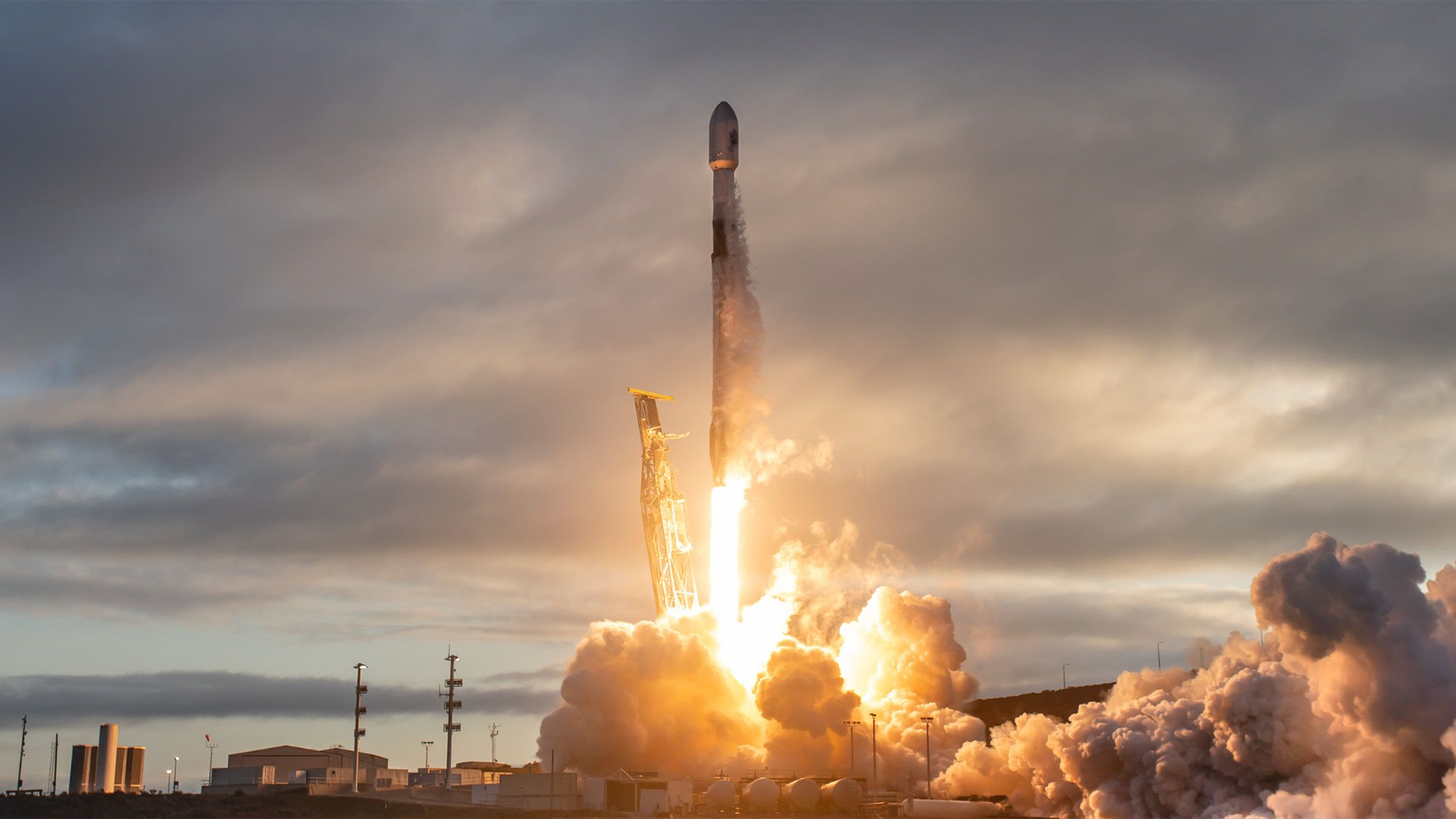NASA Astronaut Nick Hague Gets New Space Assignment After Scary Launch Abort

NASA astronaut Nick Hague is set for a second chance at his first trip to orbit. His first launch was foiled by a dramatic launch abort in October, but he is now assigned to lift off again Feb. 28, 2019, from the Baikonur Cosmodrome in Kazakhstan.
Hague will ride with cosmonaut Alexey Ovchinin, who was also on the aborted launch of a Russian Soyuz rocket, and NASA newcomer Christina Hammock Koch, NASA officials said in a statement today (Dec. 3). Like Hague, Koch is a spaceflight rookie; Ovchinin has flown to the International Space Station one previous time.
Russian officials determined that the cause of the abort, which sent Hague and Ovchinin shooting away from the rocket and parachuting back to Earth in their Soyuz capsule on Oct. 11, was a deformed contact sensor on the nozzle cover for one of the rocket's four strap-on boosters. This caused the booster to detach incorrectly and hit another part of the rocket. (During a briefing to discuss what happened, Russian officials released dramatic footage of that moment during the launch.) [In Photos: Space Station Crew's Harrowing Abort Landing After Soyuz Launch Failure]
All flights to the space station have relied on Russia's Soyuz rocket and spacecraft since NASA grounded its space shuttle fleet in 2011. A Soyuz carried its first crew to the space station since the abort today, transporting Russian cosmonaut Oleg Kononenko, NASA astronaut Anne McClain and Canadian astronaut David Saint-Jacques, bringing the crew currently aboard the space station to six. The three other space station inhabitants are set to return home Dec. 20.
Once Hague, Ovchinin and Koch arrive, they will contribute to the station's science experiments — and they're set to be on board during the first test flights of NASA's commercial crew program, NASA officials said in the statement. That program is NASA's effort to ensure that commercial vehicles from SpaceX and Boeing are prepared to carry astronauts to the space station.
Email Sarah Lewin at slewin@space.com or follow her @SarahExplains. Follow us on Twitter @Spacedotcom and on Facebook. Original article on Space.com.
Breaking space news, the latest updates on rocket launches, skywatching events and more!

Sarah Lewin started writing for Space.com in June of 2015 as a Staff Writer and became Associate Editor in 2019 . Her work has been featured by Scientific American, IEEE Spectrum, Quanta Magazine, Wired, The Scientist, Science Friday and WGBH's Inside NOVA. Sarah has an MA from NYU's Science, Health and Environmental Reporting Program and an AB in mathematics from Brown University. When not writing, reading or thinking about space, Sarah enjoys musical theatre and mathematical papercraft. She is currently Assistant News Editor at Scientific American. You can follow her on Twitter @SarahExplains.
